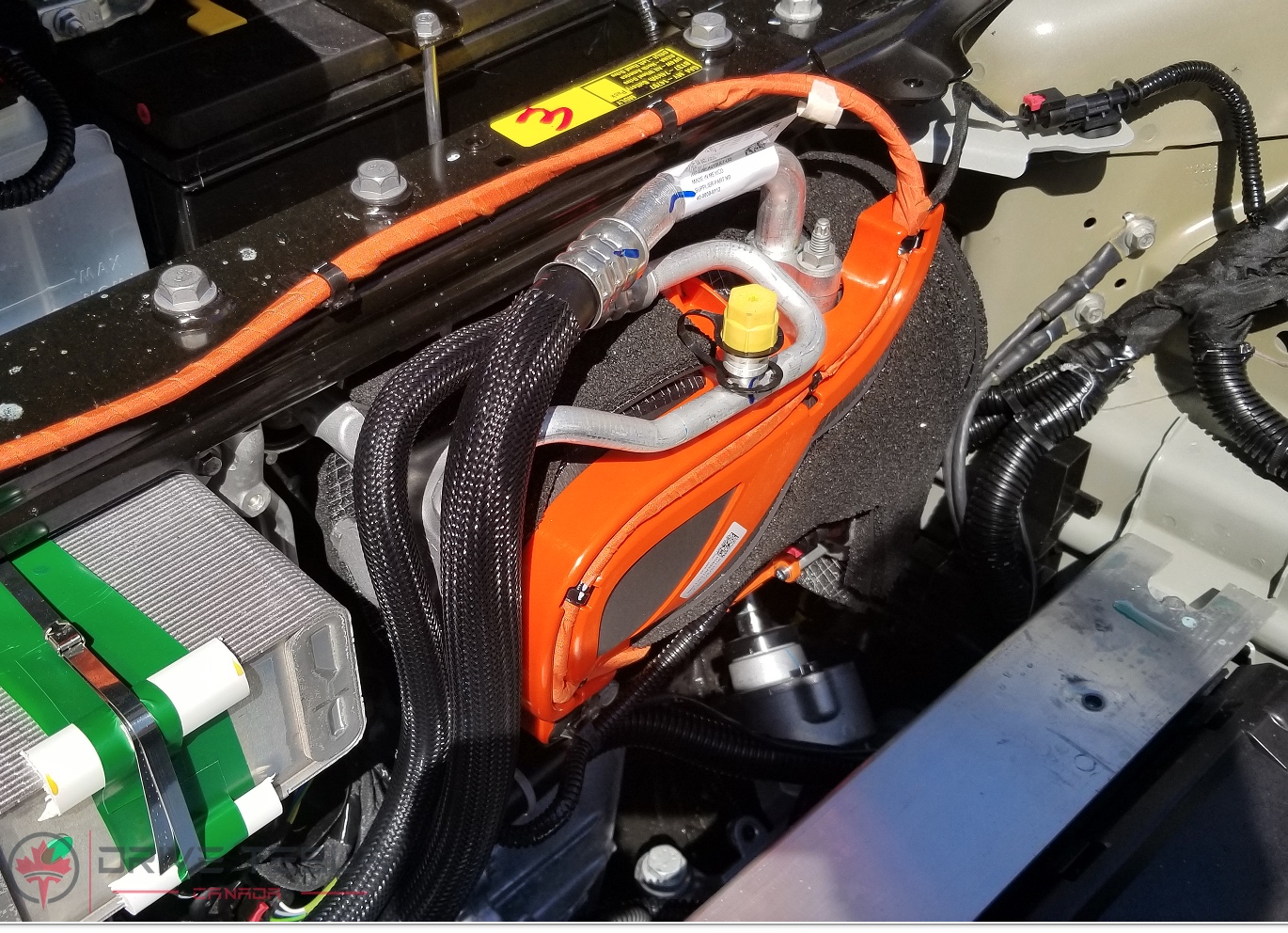I don’t doubt what you say about best practices, and in fact I have started following them when possible (a bit late!), however, I think it is hard to make definitive statements like this without knowing something about the consistency and quality control for the battery cell lines.
Every manufacturing process has variability. We don’t know how much for Tesla’s/Panasonic’s.
So we can’t easily quantify what proportion of observed capacity loss in any particular case is due to battery charging practices, and how much is due to random chance.
As an example, I think it’s pretty clear that individual vehicles can start at 1-2% different (real) initial capacity.
But yes, following your practices will likely lead to relatively excellent results compared to an all 90% charging practice, all else being equal. But will it result in less than 10% capacity loss after three years? Less clear, in any particular case.
I would think that there would be minor differences between the cells and that it probably isnt that common with big differences due to that we get an average from 4416 cells in a M3 LR.
I would guess that the differences we see is more dependent on the fact that the BMS changes the estimation quite much depending on the charging schedule etc.
It looks for me like the difference in estimated capacity is about 1kWh or more just from different charging schedules( with my own car, same battery etc).
But anyway, I did not mean plus or minus 1 kWh or so as the battery lottery. I have seen a lot of posts stating that it is the
battery lottery that made them loose 15% in a couple of years etc.
We can accept that there can be a difference in the BMS estimated capacity of one kWh or so ? If its the manufacturing process or the BMS calc or a
combination probably doesnt matter?
Plus/Minus 1kWh is much less than the loss if the degradation has reached 15% or so.
In the research reports there doesnt seem to
be some cells keeping all Capacity in the same time as other cells loose 15% when they are exposed to the same wear.
In single research reports the cells that get the same threatment loose the same amount of capacity, with very small differences.
Between research reports, the loss of capacity is similar for similat threatment.
The only thing that really can differ is the conclusions, and after reading many reports its actually possible to “see” the misstakes that did lead to the (suspected) faulty conclusion.
So if every single cell in a lot of research
actually behaves in a predictable manner, is ot then wise to think that a lot of battery cells put in a controlled environment like a Tesla battery pack could start behave in a non predictable way?
Of course there could be brake downs and faulty BMS:es, but besides that I guess we can predict the battery capacity quite well by looking at how it is cycled, charged and what SOC it ha in average during rest etc.
The research does more or less agree that calendar aging is lessening with the inverse square root of time. I have seen some tries to make a better formula but still it basically was the same curve, just other maths.
If my cars first year causes about 2.5% calendar aging, then if used the same way, after two years it will reach 2.5 x square root(2)= 3.5%. It will reach 5% after 4 years.
The cyclic aging is very small for
My kind of use, about 0.5% for 30000km.
(1500 FCE cycles ”costs” about 10% = about 10% for 600.000km).
We ad cyclic aging to the calendar aging and get:
3% after one year.(30.000km)
4.5% after two years.(60.000km)
5.5% after four years.(90.000km)
I will not have 10% degrdation after three years, if no other things change.
Research is qiute clear with that the batteries keep the predictable ”straight lines” until about 20% degradation. After that the lithiation causes the degradation to
happen more fast. Thats the reason researchers often only test until 20% capacity loss.
I will retire from my old work soon, and start working on another job. This means start to drive 240km single way once each third week. There is no charger close where I will stay for one week each working session so my very nice small cycles with low sleeping SOC will change( for deeper cycles and maybe the need to sleep with higher SOC)
I dont know about the charging possibillities at the new work and the car will be parked outside for one week( north of the artic circle so some times really cold( we have -30C right now at my home).
The new situation will affect the battery degradation but I think it will be a minor difference. I have no guesstimation as I do not know the prerequisites yet.

driveteslacanada.ca




